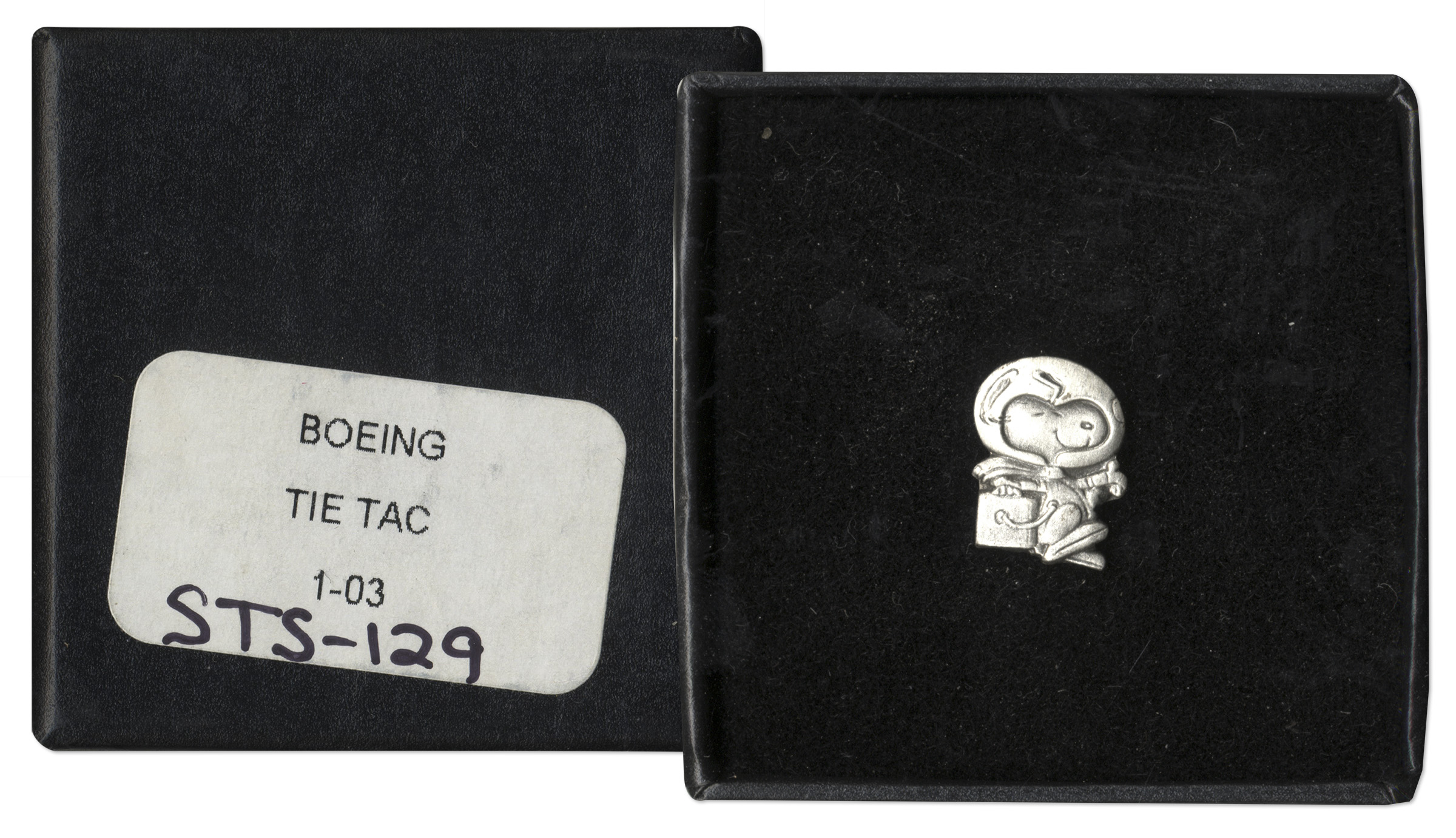

To analyze these concerns, NASA issued study contracts to Grumman/Boeing, Lockheed and Chrysler in June, 1971. At first, doubts surfaced about the feasibility of developing a two-stage Space Shuttle. From that point on, development of the Space Shuttle became extremely complicated, with the future of the vehicle often in doubt from one year to the next. In 1971, North American Rockwell and McDonnell Douglas were granted production contracts. With great optimism, NASA initially expected that the first Space Shuttle would enter service by 1977. Space Shuttle Concepts, Photo Courtesy NASA The name “Space Shuttle” subsequently became a permanent fixture for the vehicle, which NASA agreed should incorporate a fully re-usable, two-stage design. The name “Space Shuttle” first appeared in the “purpose” section of an official invitation for production contract bids issued on February 18, 1970. Early in 1970, NASA refined their technical requirements for the vehicle.

They unanimously recommended a fully re-usable, two-stage vehicle. These companies presented reports to NASA by November 1, 1969. Invitations were given to four aerospace contractors to present design proposals on re-usable and partially re-usable manned spacecraft. On January 31, 1969, NASA issued feasibility design study contracts for their “Integrated Launch and Re-entry Vehicle” (ILRV). Of course, history would prove otherwise. The words “cheap” and “routine” were the words which most closely matched the objectives for Space Shuttles as expressed by NASA. In addition, NASA believed that Space Shuttles could serve as multi-purpose satellite delivery vehicles with the potential to completely replace Atlas-Centaur, Delta and Titan rockets.
#Space shuttle enterprise flown items plus#
The space station would support a plethora of scientific research objectives, plus act as an engineering and support base for manned journeys to the planets. presence in space following the Apollo lunar landings. The space station was intended to assure a permanent manned U.S. At the time, NASA envisioned a space station which would be staffed by 12 to 24 people. The first goal of the Space Shuttle program was to provide NASA with an efficient, re-usable method of carrying astronauts to and from a permanently manned space station. Space Shuttle Artist Conception, Photo Courtesy NASAīorn in 1968 at the height of the Apollo program, the Space Shuttle was designed to fulfill two basic roles in NASA post-Apollo manned flight objectives.

And it can't even find East Kilbride.By Cliff Lethbridge SPACE SHUTTLE PROGRAM HISTORY It's specially designed to be accurate within inches in space. The shuttle never made it to East Kilbride in the end, with newspaper reports from the day after indicating that it flew ‘way off target’.Ĭue one cynical photographer at the time noting, "That thing has cost millions and millions of pounds. Sign up to our Glasgow Live nostalgia newsletters for more local history and heritage content straight to your inboxĪwaiting the flypast in East Kilbride were locals as well as two school loads of children and 64 staff, with the company having also prepared an enormous logo on the lawn to guide the jumbo over the proper flightpath to make the tribute.īut instead of the flypast, what they saw was just a brief dot on the horizon - more than 10 miles away. With the company celebrating its first birthday, plans were hastily arranged for the shuttle to fly over the site in celebration alongside the airport. The Nasa space shuttle arrived in Glasgow on a hot summer day in June 1983


 0 kommentar(er)
0 kommentar(er)
